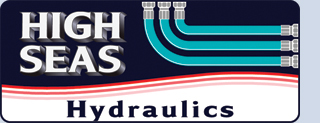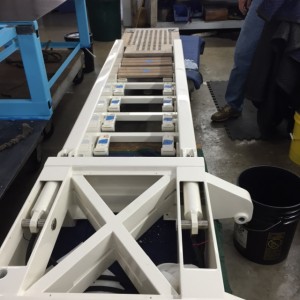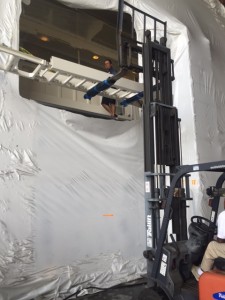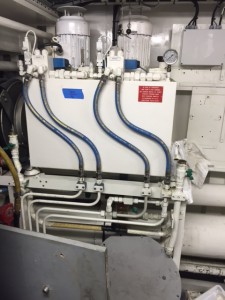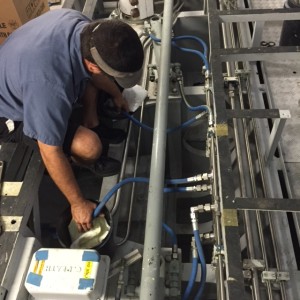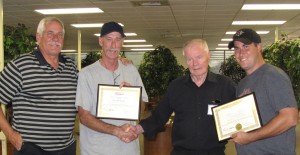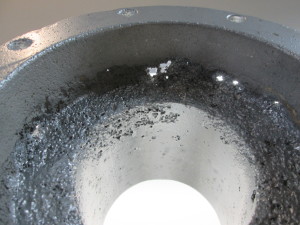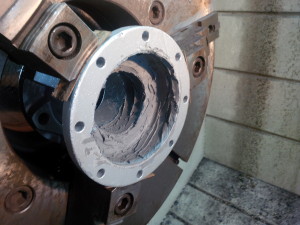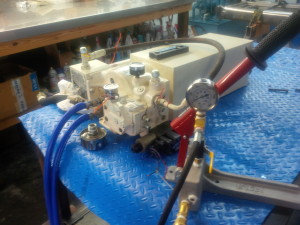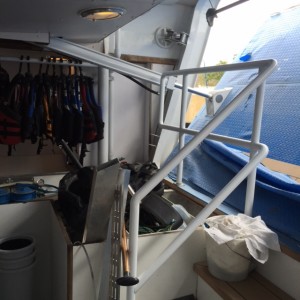
Transom Door Hydraulic Cylinders
Our Hydraulics team from High Seas Hydraulics was recently hired by the captain of a 150 foot Palmer Johnson that was at Lauderdale Marine Center for maintenance to work on its hydraulic transom door. The hydraulic cylinders were leaking and the placement of some of the hydraulic lines were causing them pinch during routine operation.
We removed and reconditioned the cylinders, replacing the seals. We specialize in re-building and stress testing custom hydraulic cylinders with the help of our machine shop, Straight Line Marine. We also fabricated new hydraulic hoses for this project and  upon installation re-routed many of them to alleviate the pinching problems. We have the ability to make hydraulic hoses in-house, on-site at Lauderdale Marine center up to 1-1/4 inches in diameter and stock common hoses and fittings.
upon installation re-routed many of them to alleviate the pinching problems. We have the ability to make hydraulic hoses in-house, on-site at Lauderdale Marine center up to 1-1/4 inches in diameter and stock common hoses and fittings.
This particular vessel is a repeat customer for us, having worked on many other hydraulic systems for the boat. When you deliver quality work and focus on providing good customer service, the clients keep coming back.
